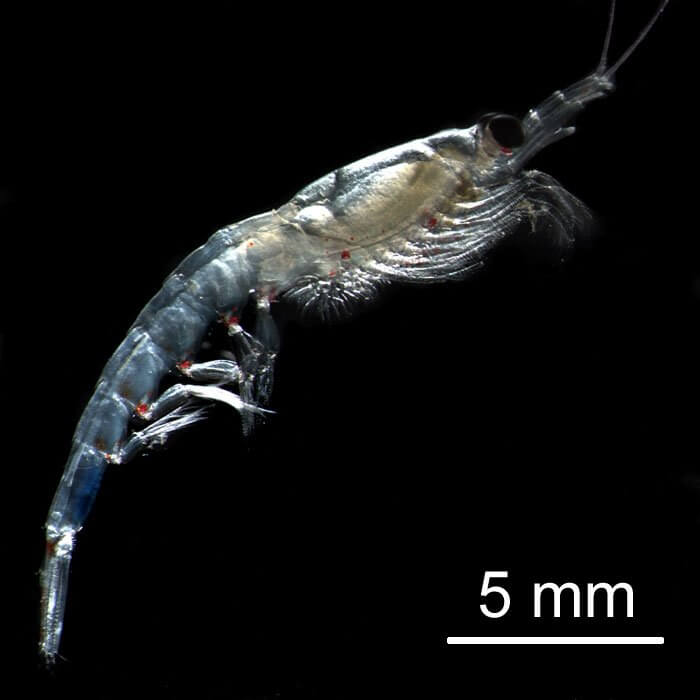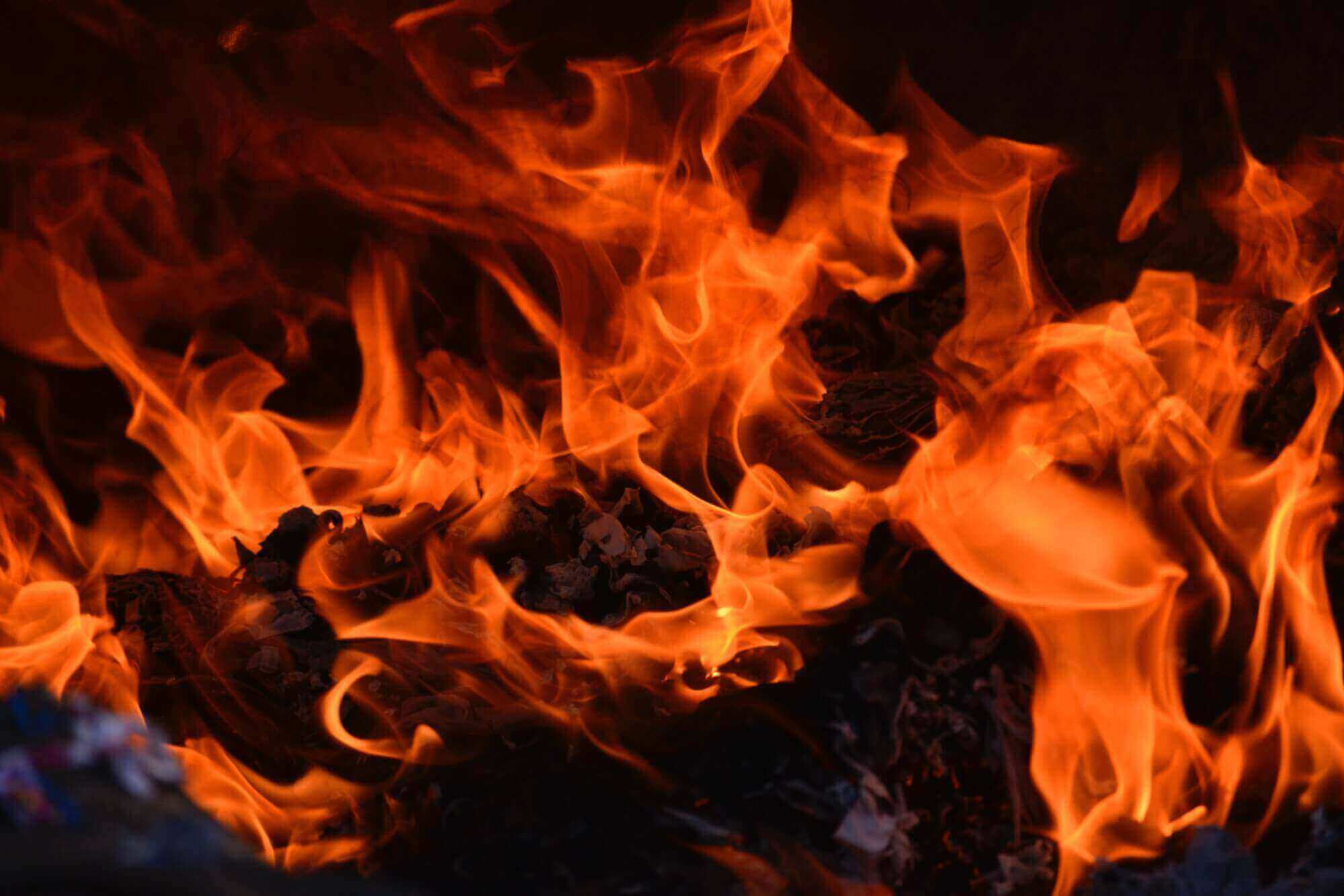Pollution can accumulate in whales’ bodies and cause them serious health problems. “Can we flush this pollution out of a whale?” ask students of the Filteau school of international education in Sainte-Foy. A nice idea, but technically impossible due to the way contaminants are metabolized after being ingested, i.e. how the contaminants are present in the whale.
How does pollution end up in whales, anyway?
In general, pollutants are carried into the marine ecosystem by water flowing from industrial and agricultural environments. Air pollutants can also enter the equation through rain, snow or fog. These contaminants will then be ingested by numerous tiny organisms such as krill. The latter will in turn be ingested in huge quantities by baleen whales. For example, a blue whale can consume up to 3,500 kg of krill a day!
Toothed whales, on the other hand, are amongst the most contaminated animals on the planet. Indeed, since pollutants become increasingly concentrated as one moves up the food chain, these large predators accumulate a considerable amount of contaminants over their lifetime. This phenomenon is called biomagnification.
Accumulation of pollutants
The contaminants ingested by whales are deposited in their fat, where they remain trapped; this is why they cannot be removed. They remain there until the animal burns this fat to release energy, which at the same time also releases the pollutants into the body. Once free, these pollutants make their way into the different tissues of the animal, where it is equally impossible to access or recover them.
Contaminants have devastating effects on the individual. For example, PBDEs, which are used as flame retardants and are a common pollutant, can notably cause hormone disruption in cetaceans, which can affect their reproduction. In particularly polluted places, the concentration of pollutants never stops increasing in males, since they are ingested faster than they are excreted. In females, pollution levels can decrease, but only because they pass the contaminants on to their offspring through their milk.
An ounce of prevention is worth a pound of cure
The only way to genuinely rid whales of pollutants is to prevent them from becoming contaminated in the first place. To do so, we must act at the source by reducing the amount of pollution entering the oceans in order to protect whales that have yet to be born. This strategy has proven effective: killer whales born after the 1980s, i.e. after certain PBDEs were banned, no longer exhibit increasing concentrations of this substance with age.
Protecting the whales of the future
Whales are often described as indicators of the overall health of the oceans. The high concentration of pollutants found in their bodies as well as in their food sources suggests that urgent action is needed to ensure the long-term survival of these species. Solutions are available to us, such as choosing environmentally-friendly products or properly disposing of our waste.








